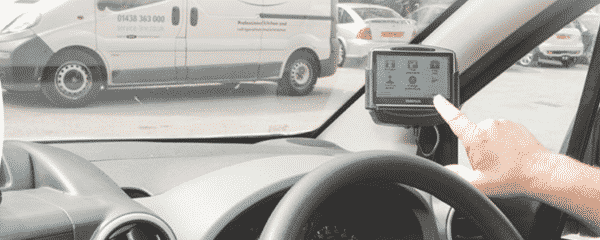The immediate aftermath
What happens when a company car driver is caught speeding does depend on the circumstances. For example, if they’re pulled over they would need to provide their details at the scene and then it is their duty to report it to their employer. But if caught by speed camera, there will be a letter through the post to the ‘registered keeper’, which is usually the business. Or if the car is leased, it will be to the leasing company. The organisation receiving the notice must then name the driver. If they don’t, that itself can be considered an offence.
If they company can’t name the driver, it must be able to show that it has gone to reasonable lengths to try to identify the driver. If no records are kept of who is driving a company car and when, the company would need to demonstrate this and explain why no records are kept. If the company can satisfactorily show that they can’t name the driver, no one can be prosecuted. But failure to provide adequate information carries a fine of £1000.
Who is responsible?
Ultimately, responsibility for speeding rests with the driver. But when the car is driven for work purposes, the legal issues do begin to get murky.
When a vehicle a driven for work, the employer shares responsibility for ensuring that the vehicle is driven safely and roadworthy. This is because when that vehicle is driven for work, it becomes a working environment and employers have a responsibility to keep employees safe while at work. Employers can indeed be prosecuted, in the event of a serious accident, for corporate manslaughter or aiding and abetting.
So while the employee is ultimately at fault for speeding, employers still need to ensure they have taken all reasonable steps to ensure drivers use the road sensibly when at work.
The cost of a speeding offence
If the driver is over the speed limit by a relatively small amount they will generally have to accept penalty points and pay a fine. The fine itself is payable by the employee. But the points can have a knock-on effect on the business. Any person who has 6 points on their licence can see their premiums rise by 76% according to comparethemarket.com. That can affect the businesses’s insurance for the fleet.
And of course there are the indirect costs such as increased fuel consumption from driving at higher speeds. This can also affect the employer as well as the employee.
Conclusion
When it comes down to it, the driver is responsible for speeding offences. But a wise employer should ensure they have covered themselves to reduce risk. One way to do this is with a modern telematics system, which can monitor driver behaviour and help you improve safety, reduce costs and reduce legal liability.










